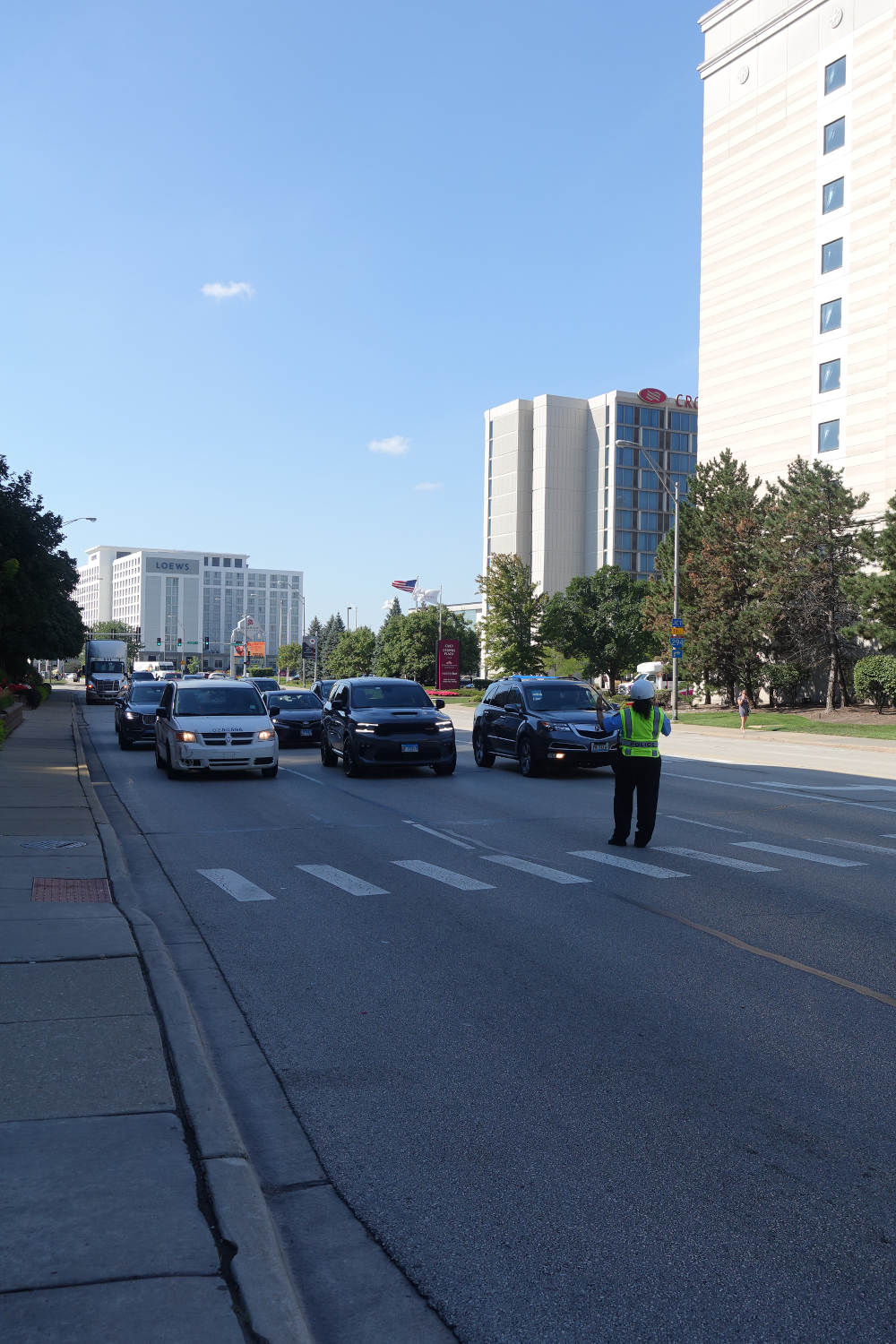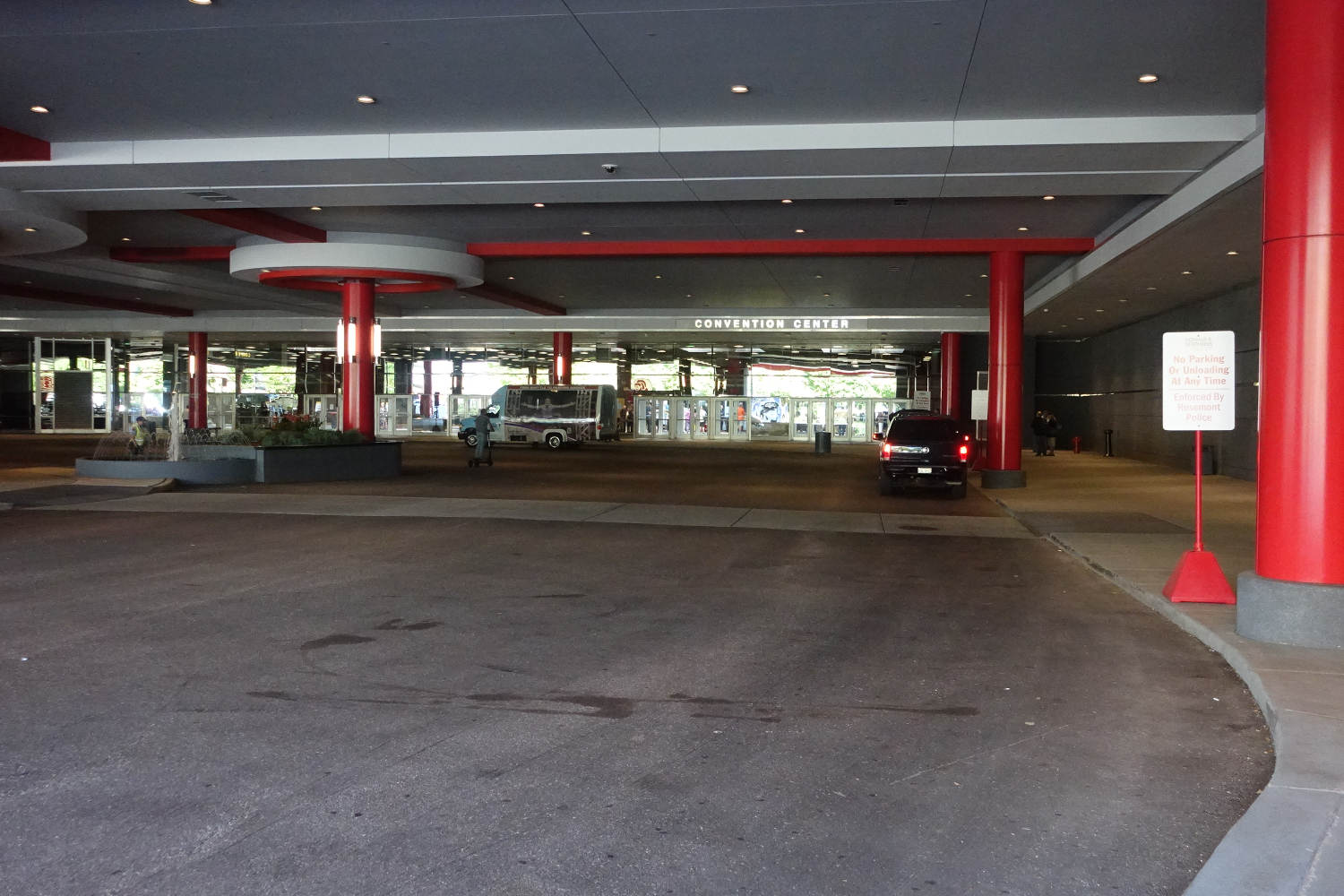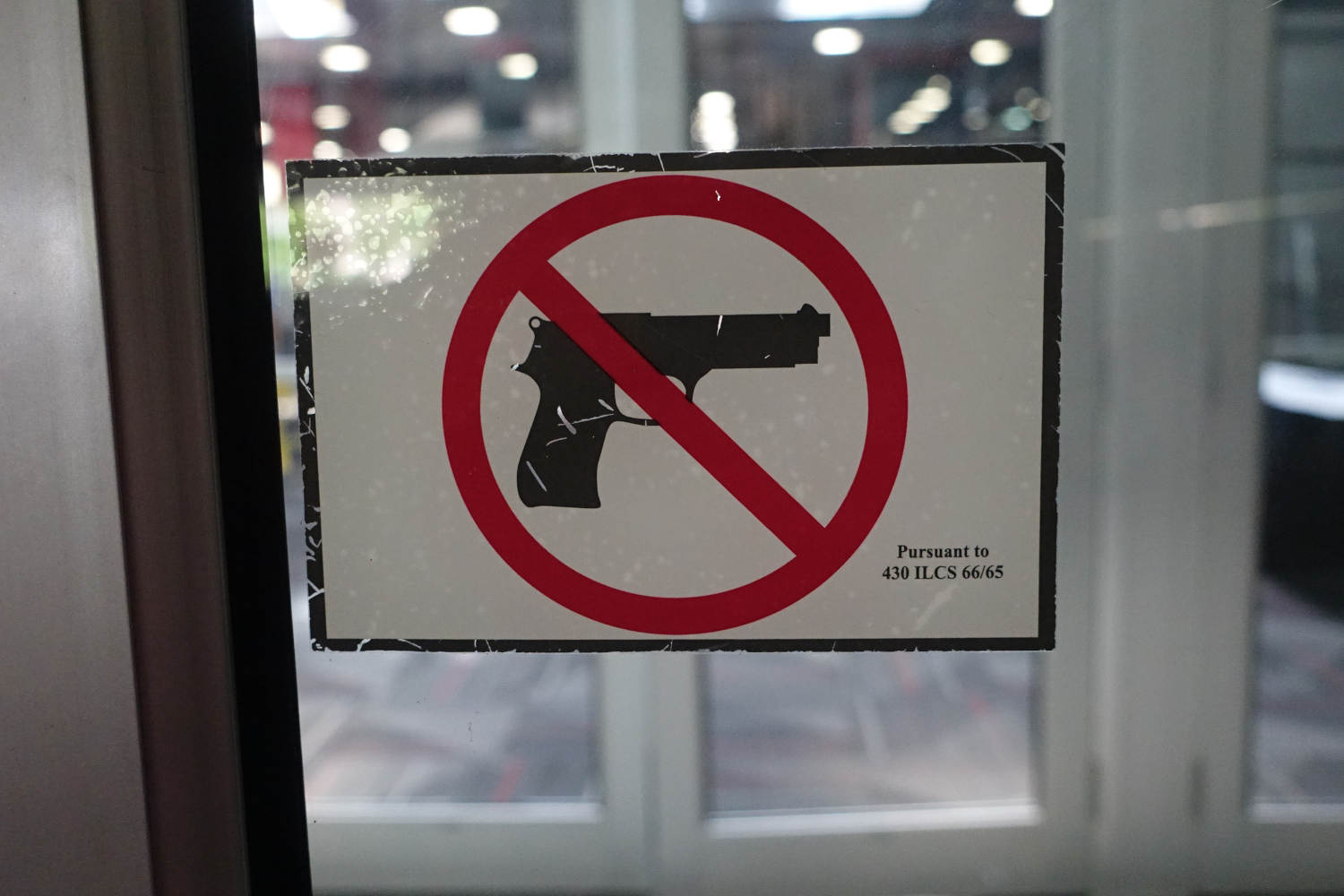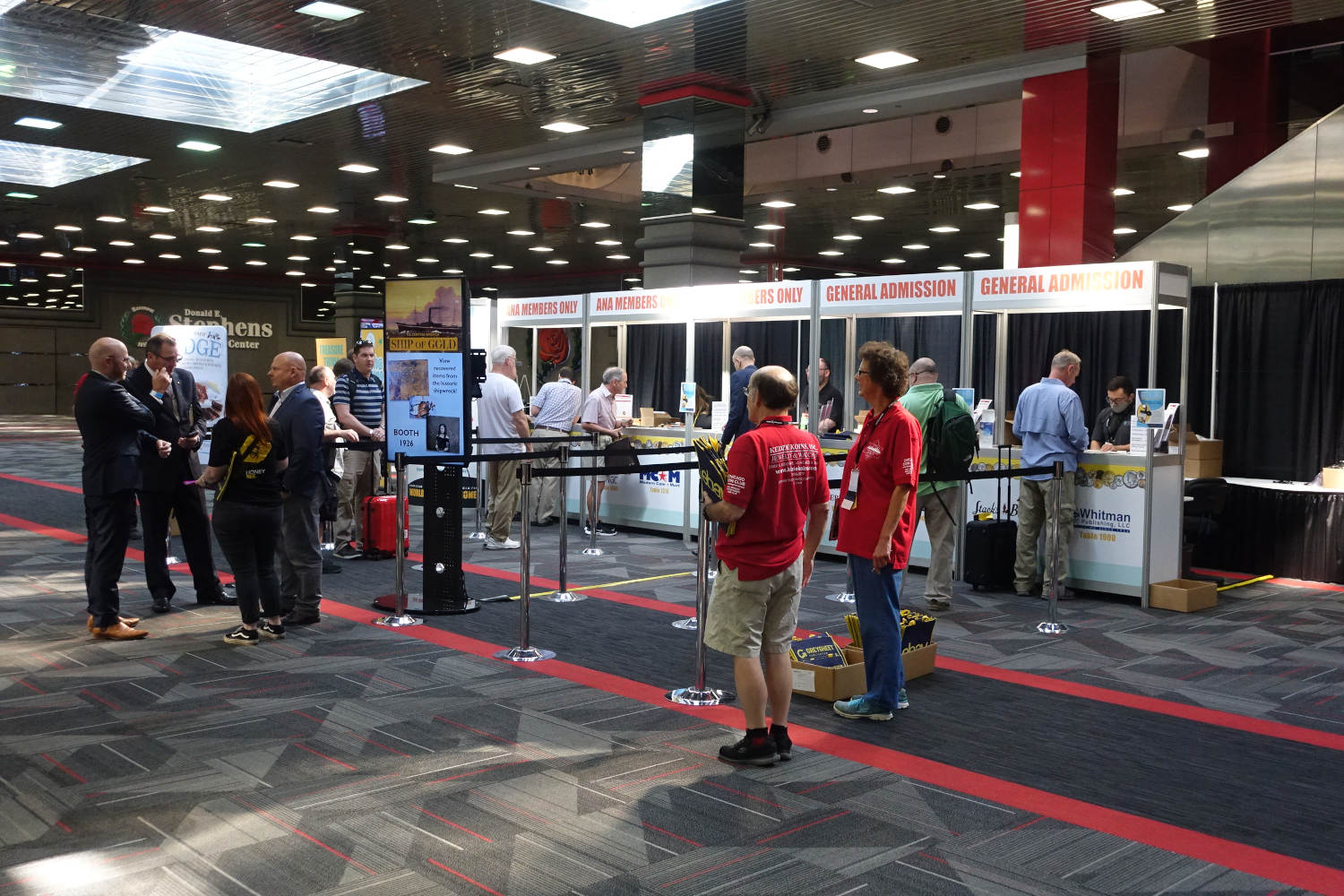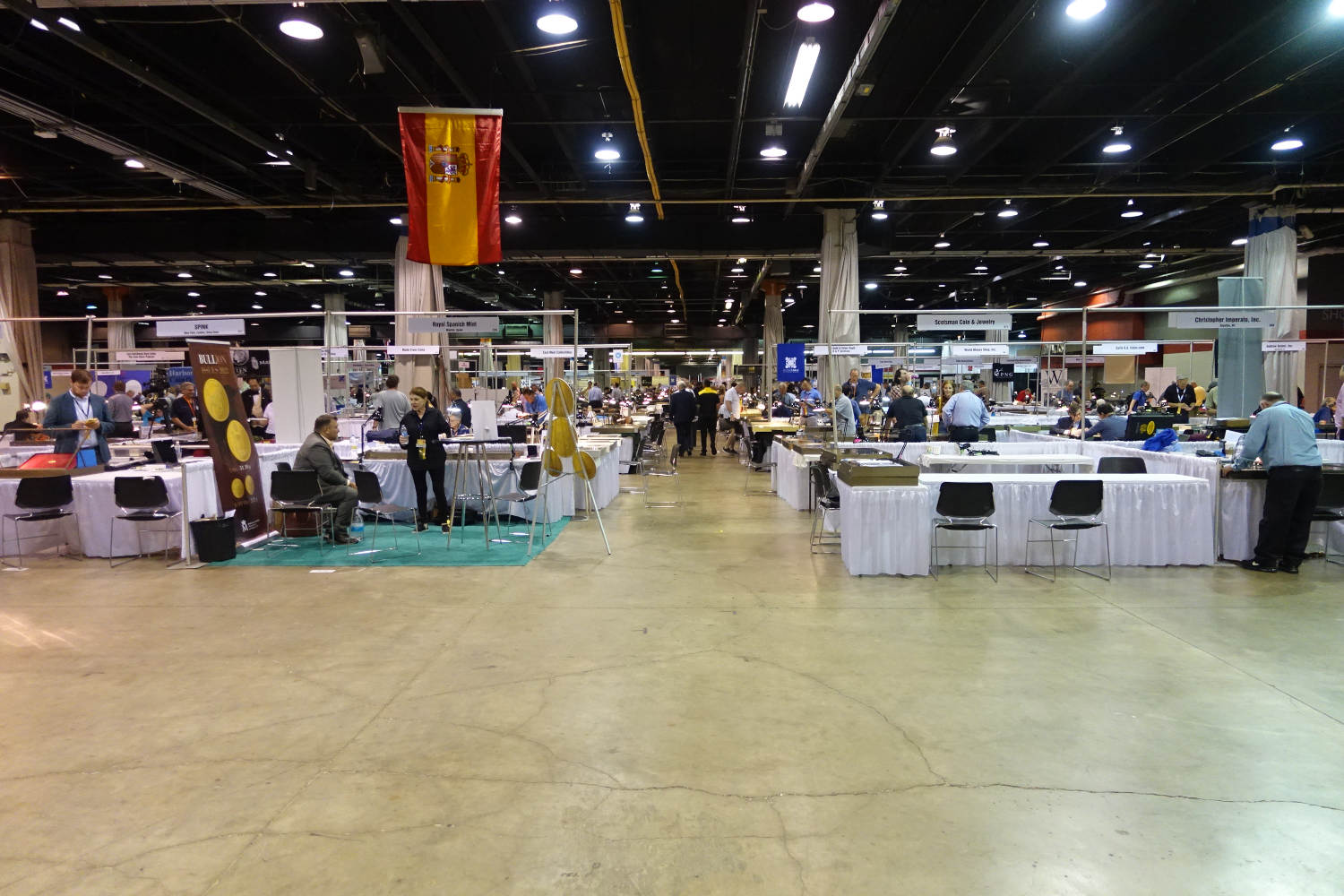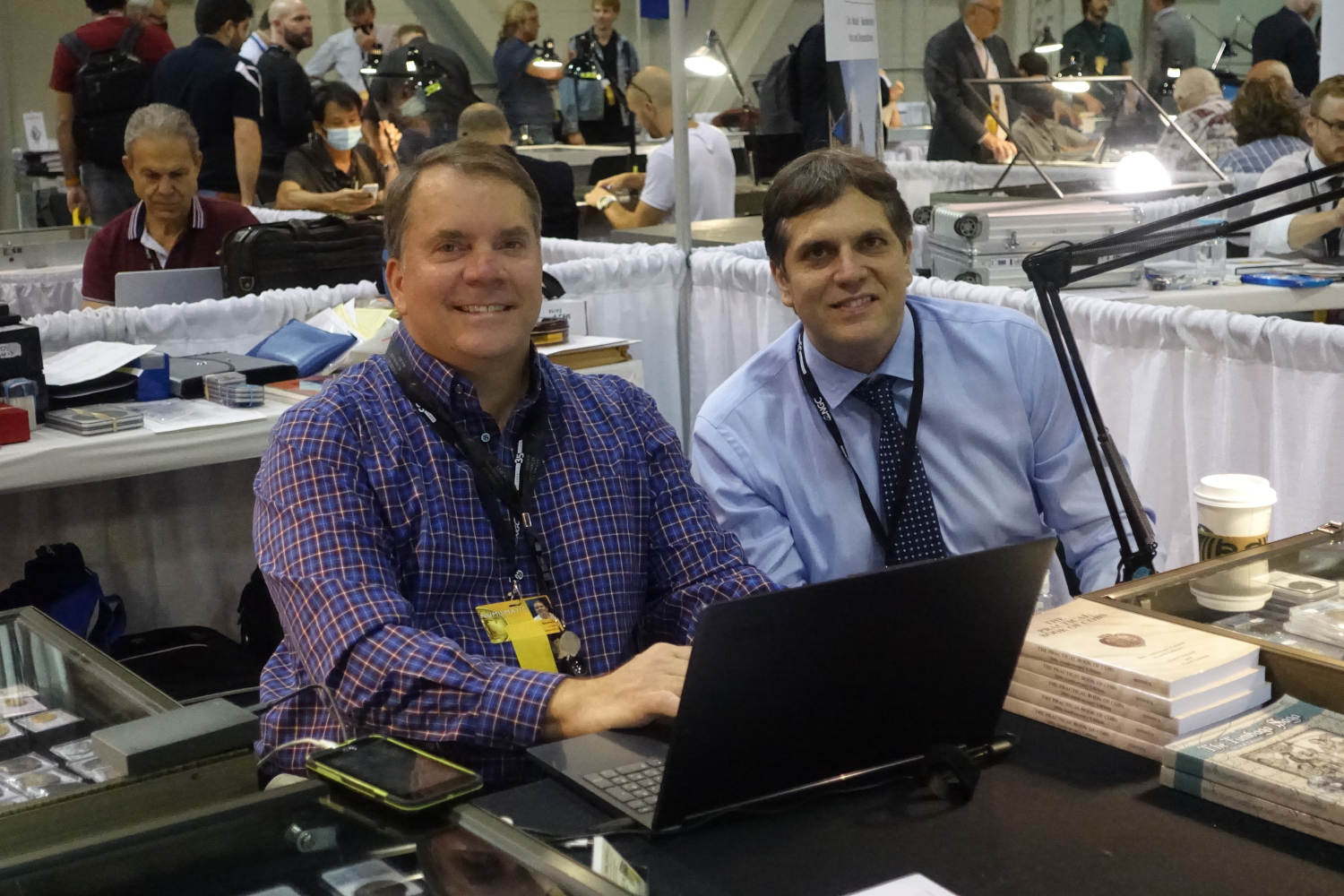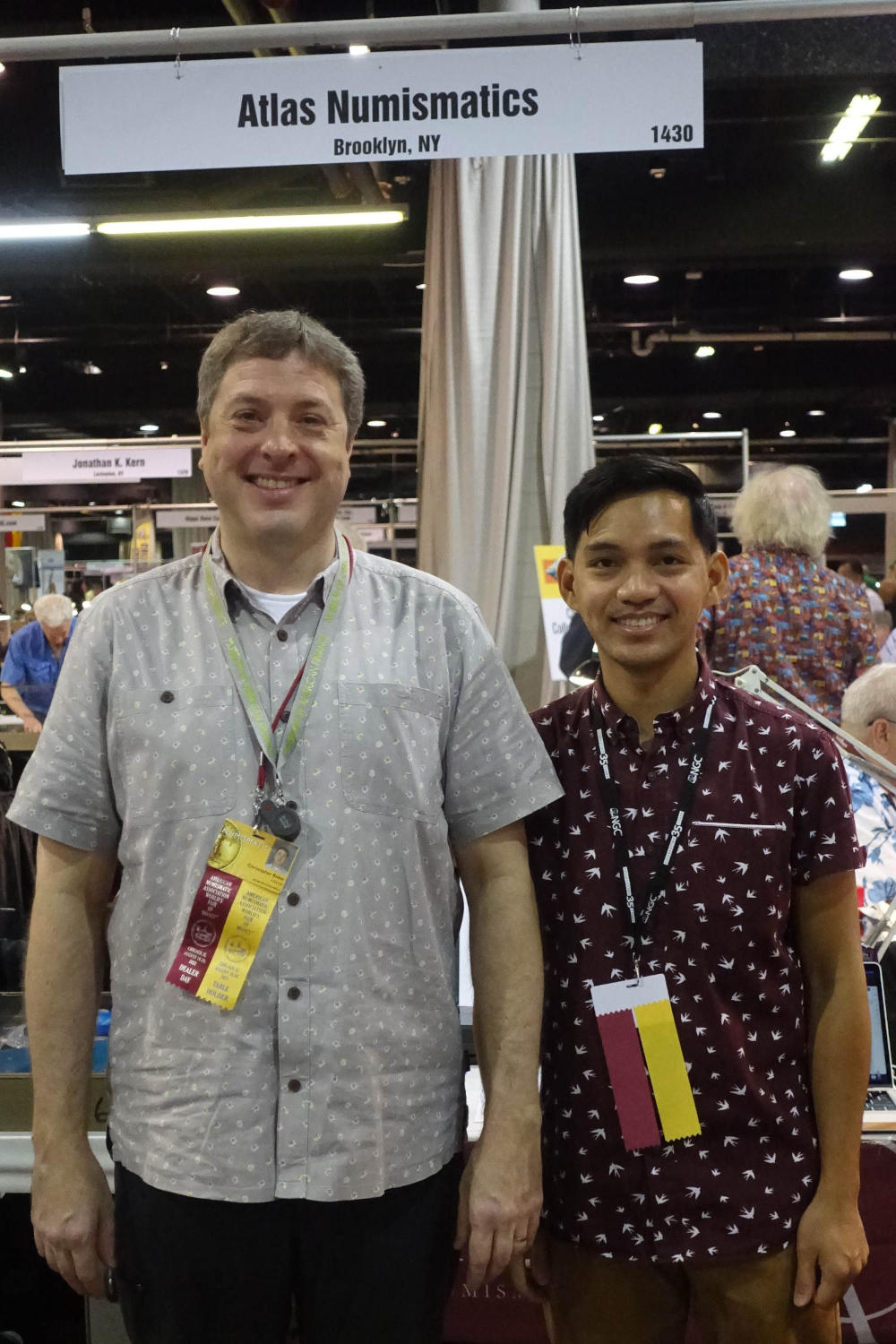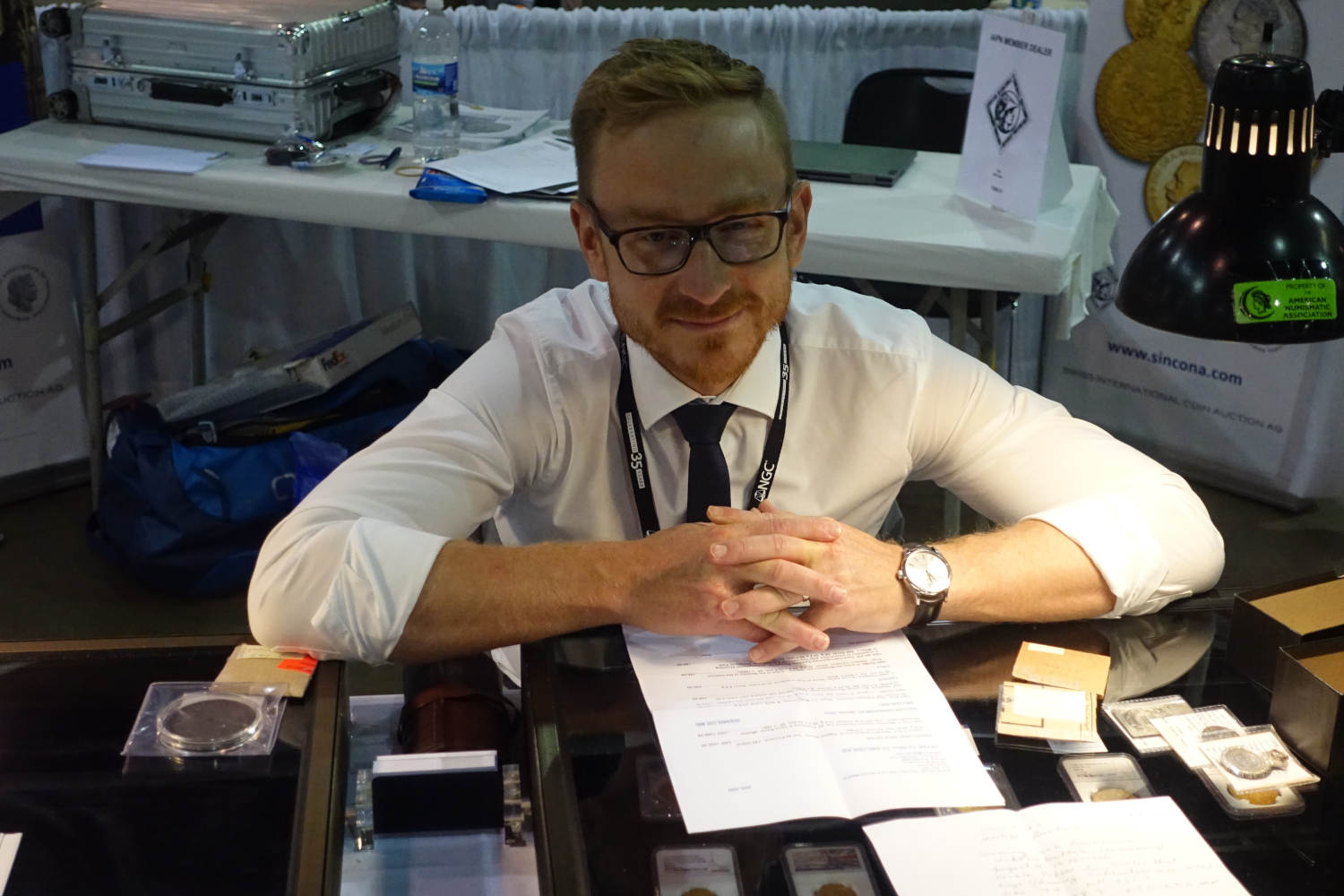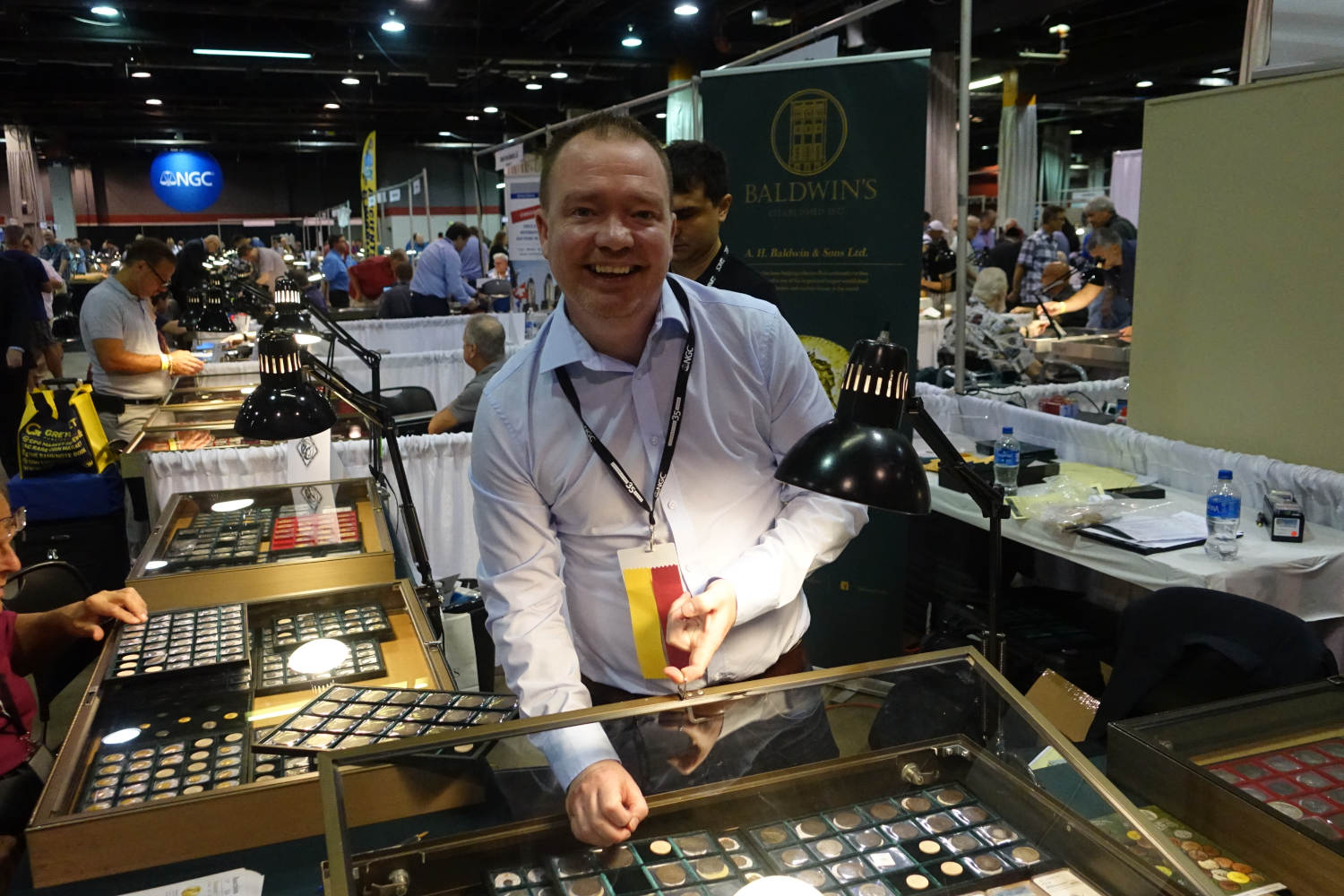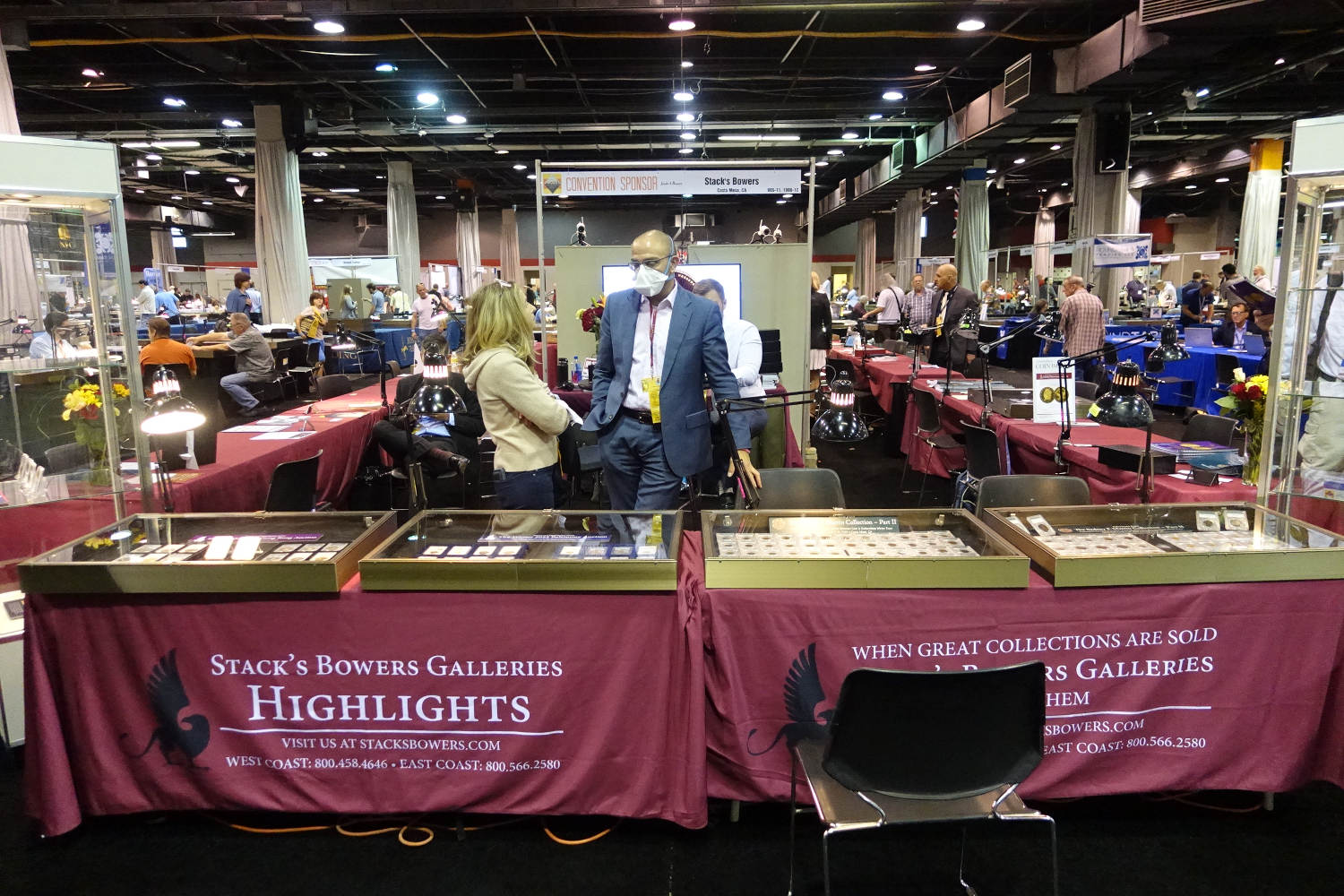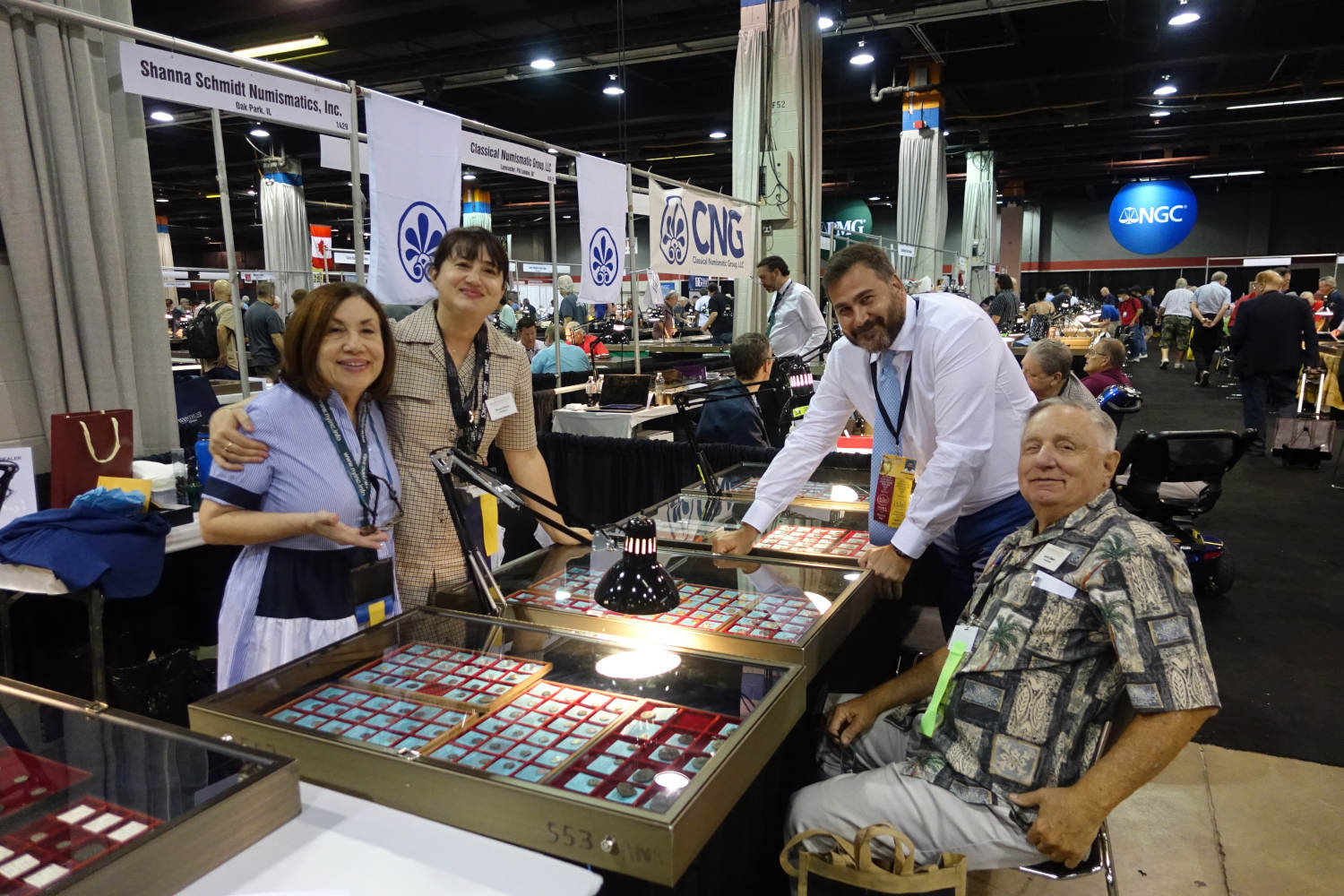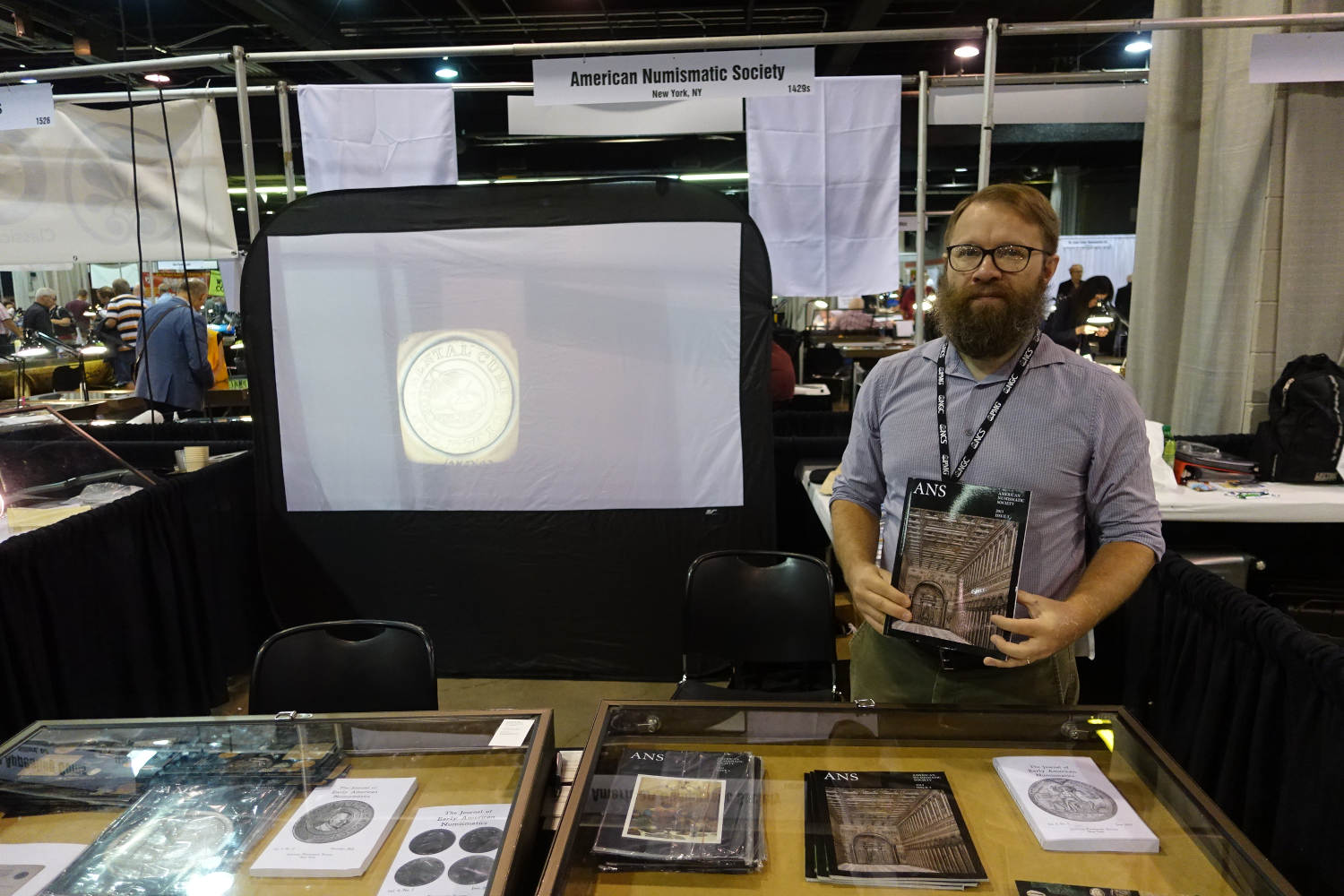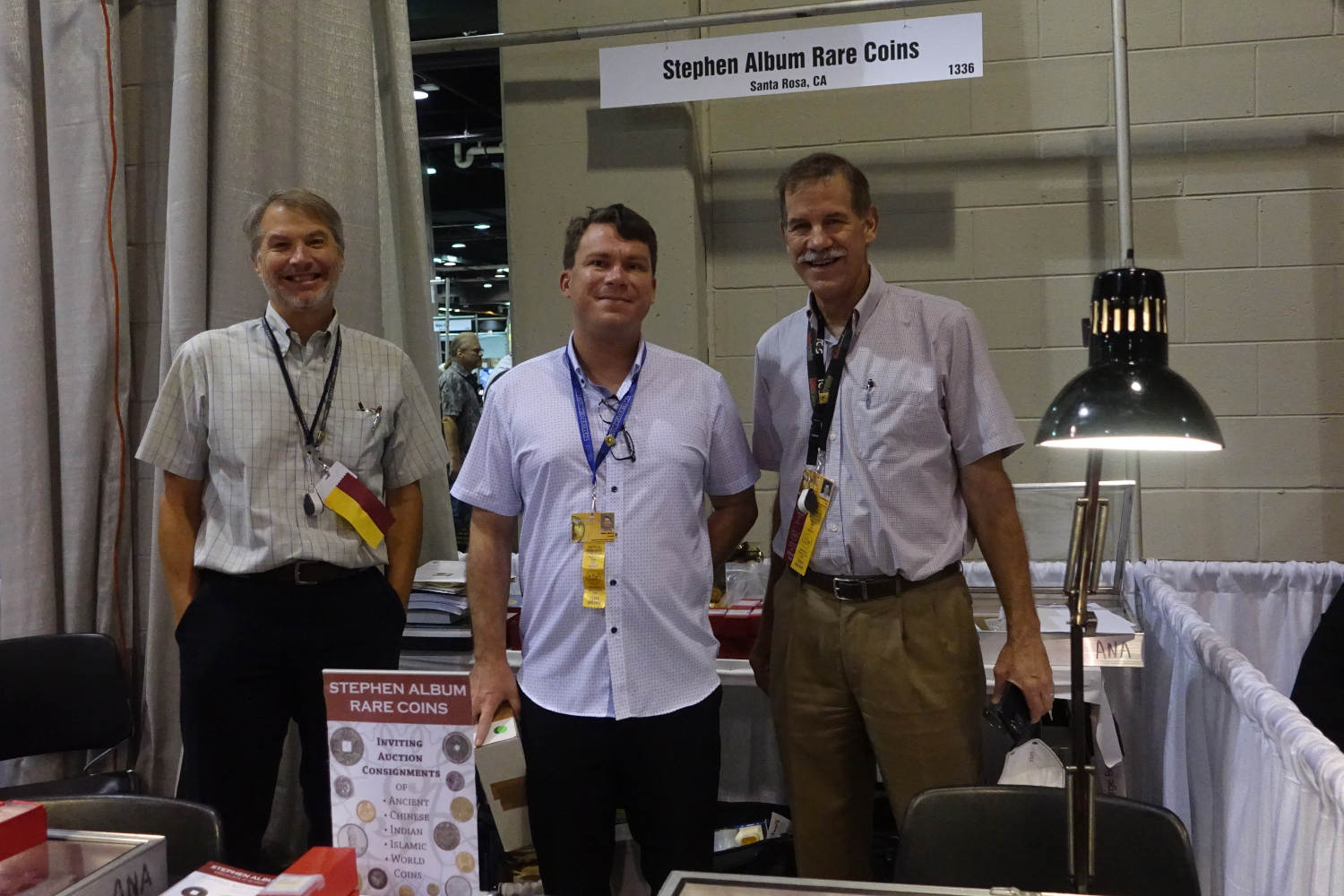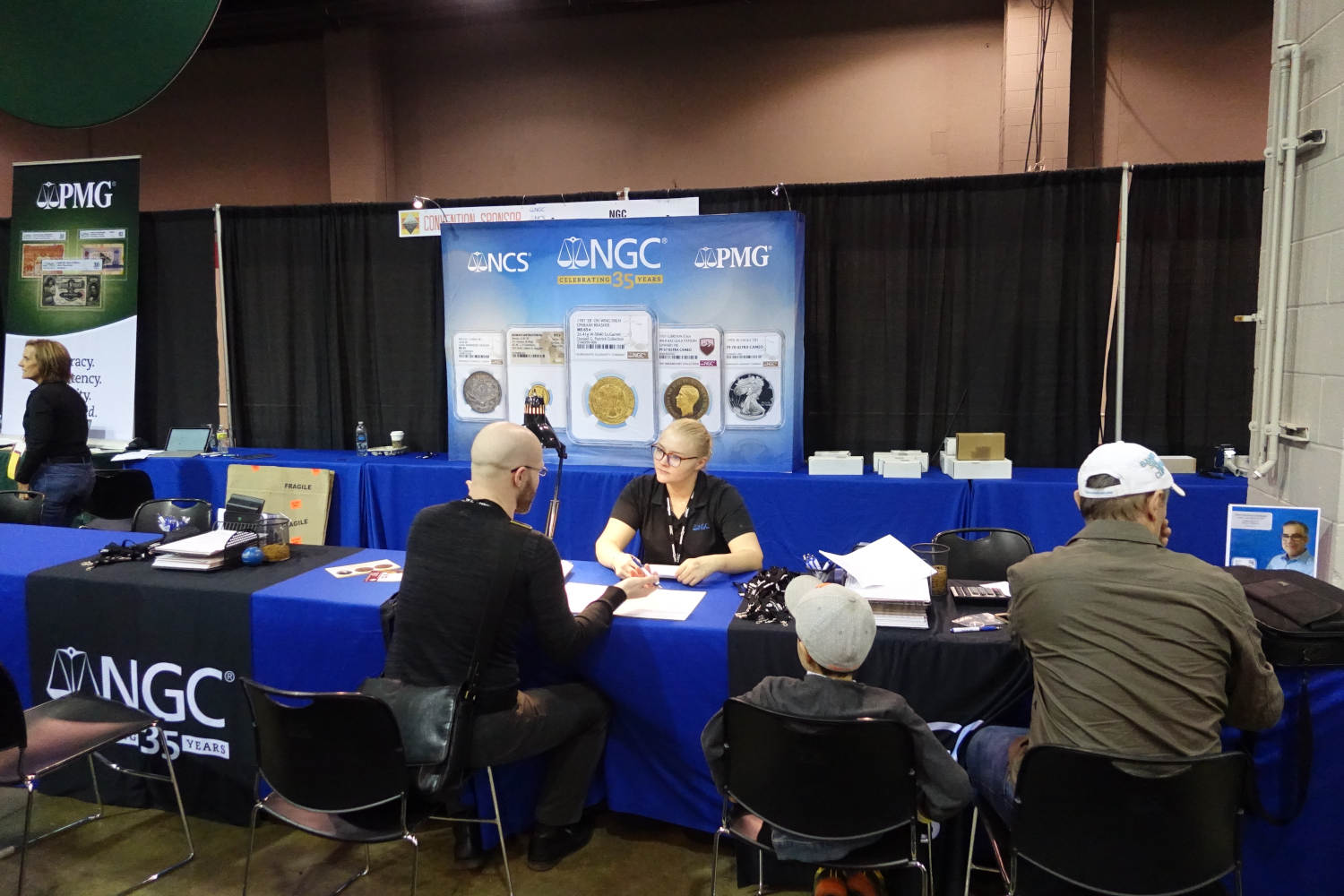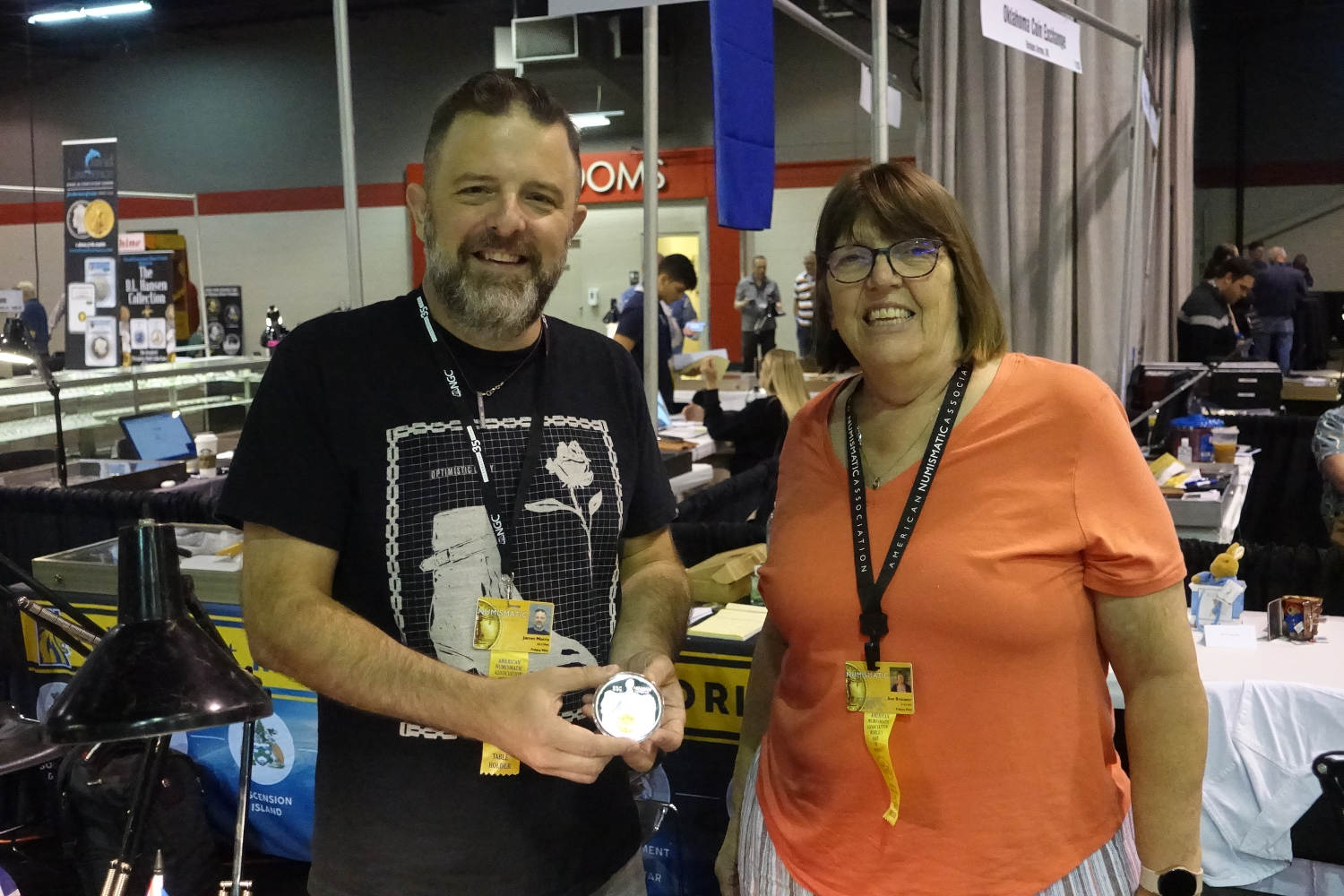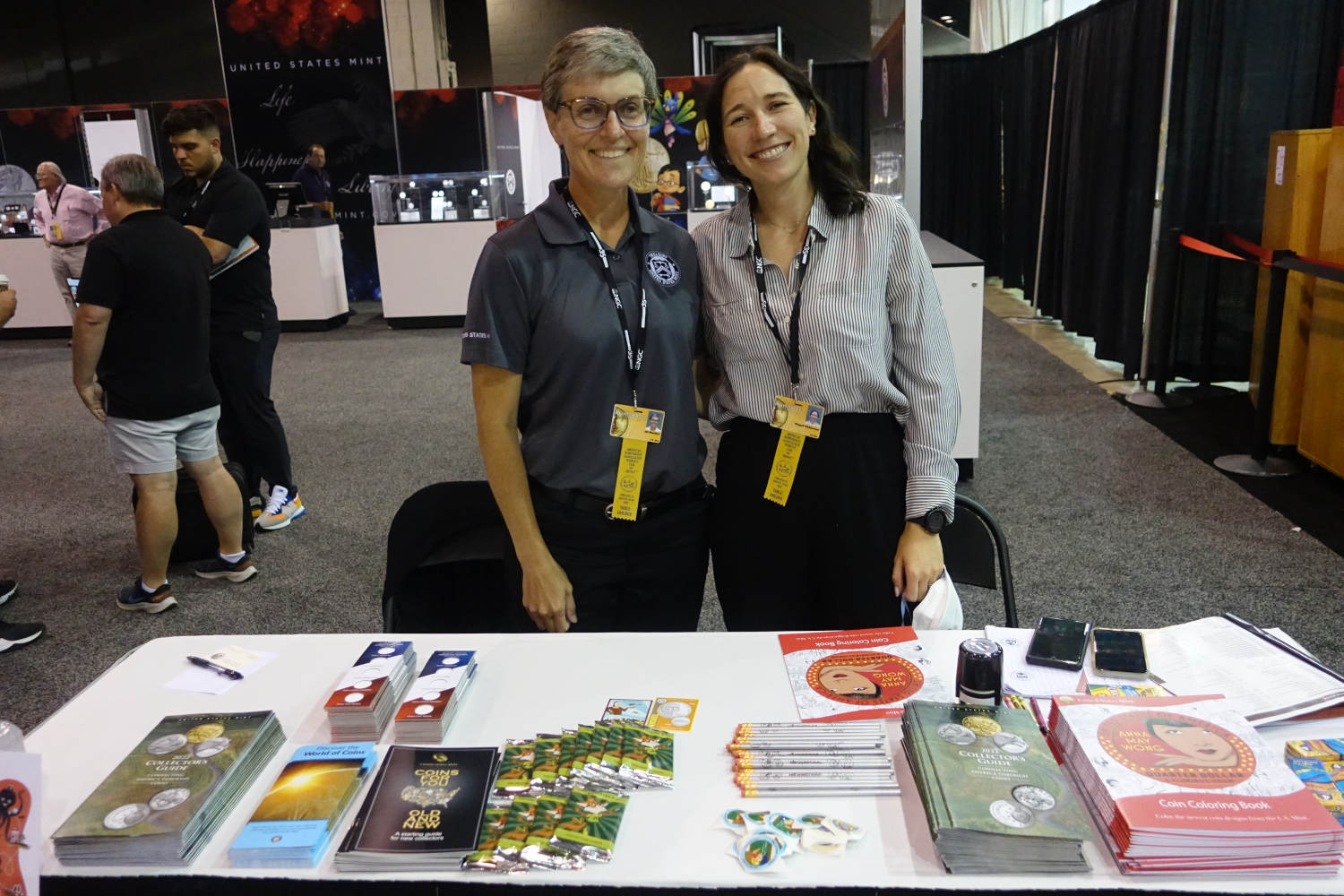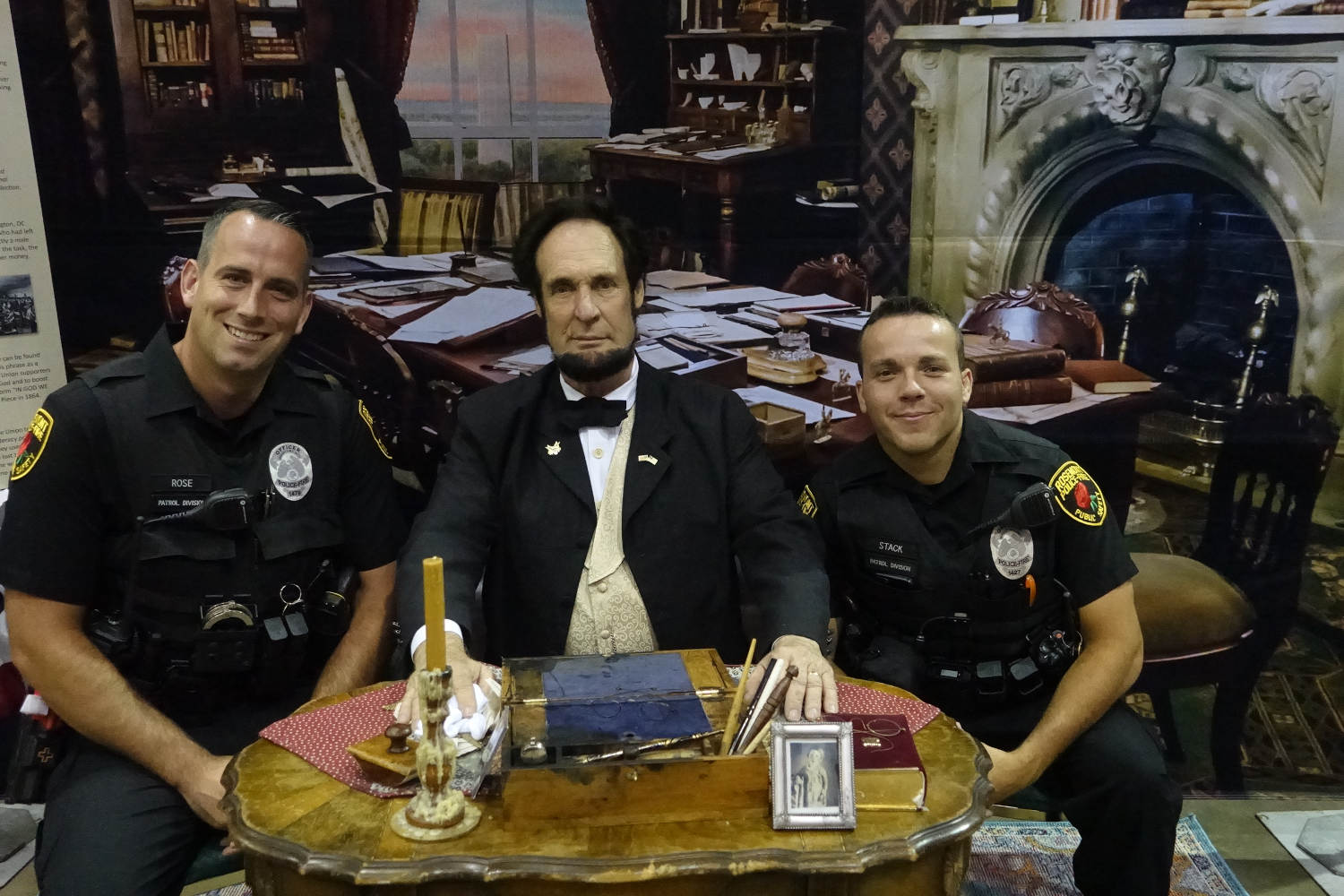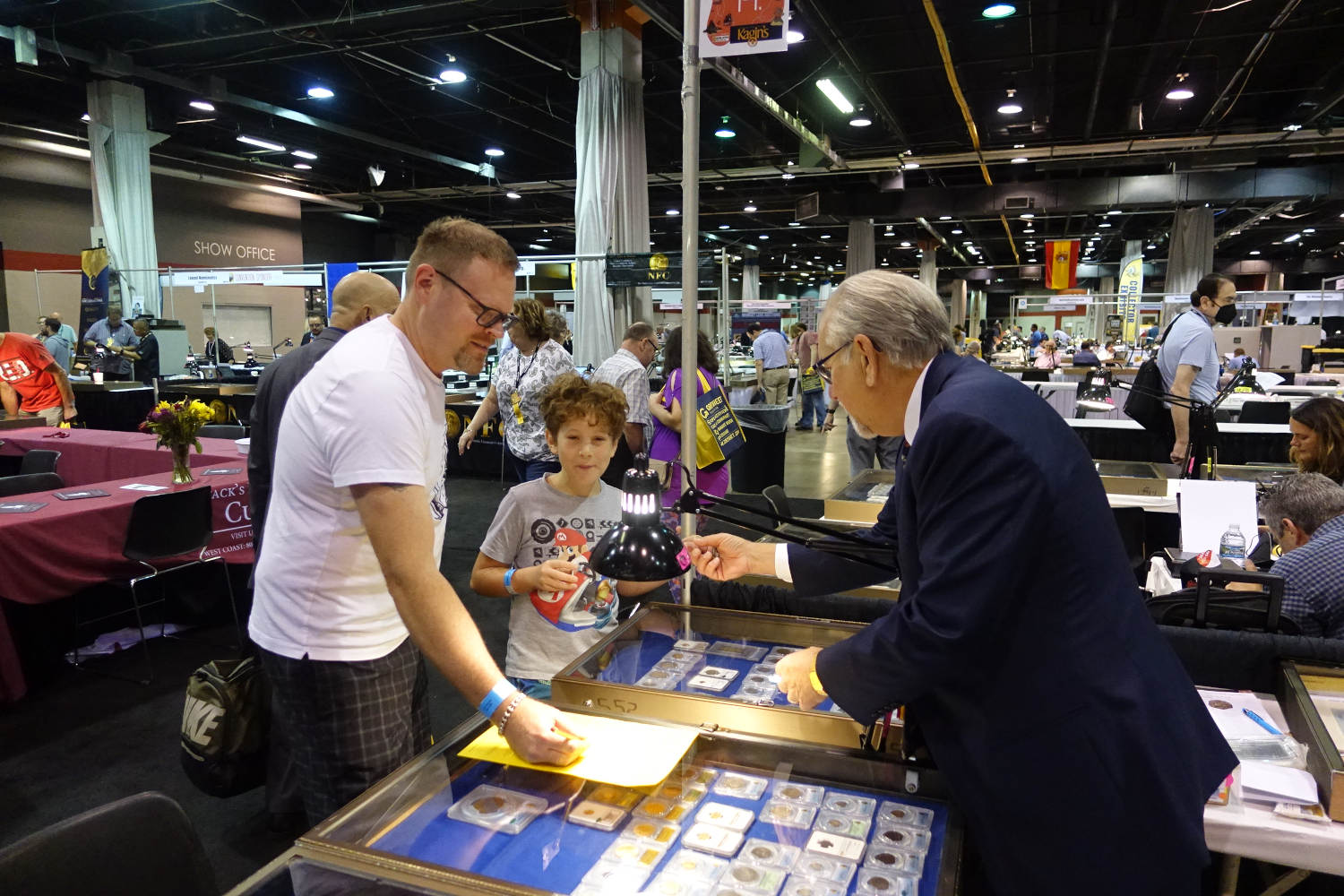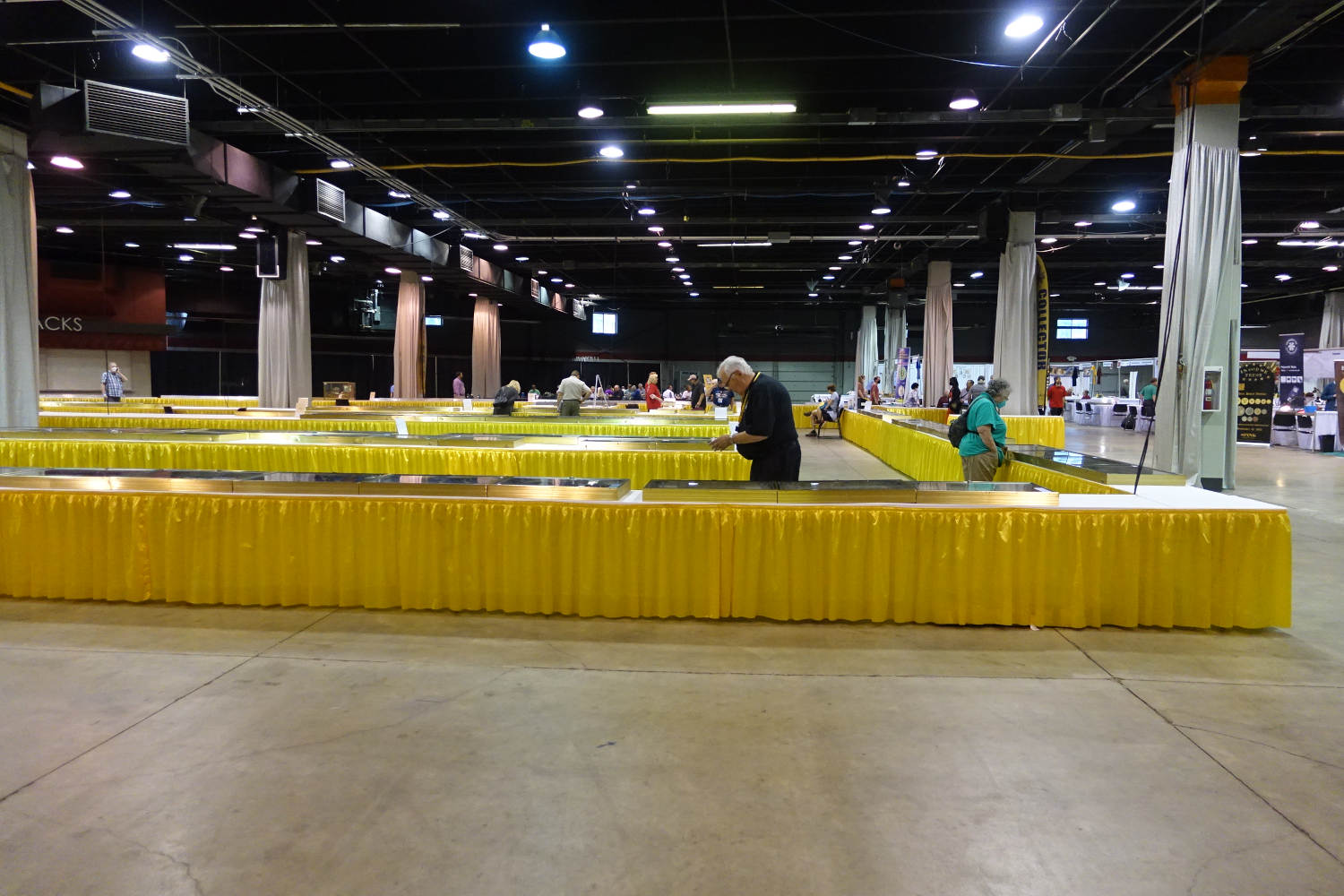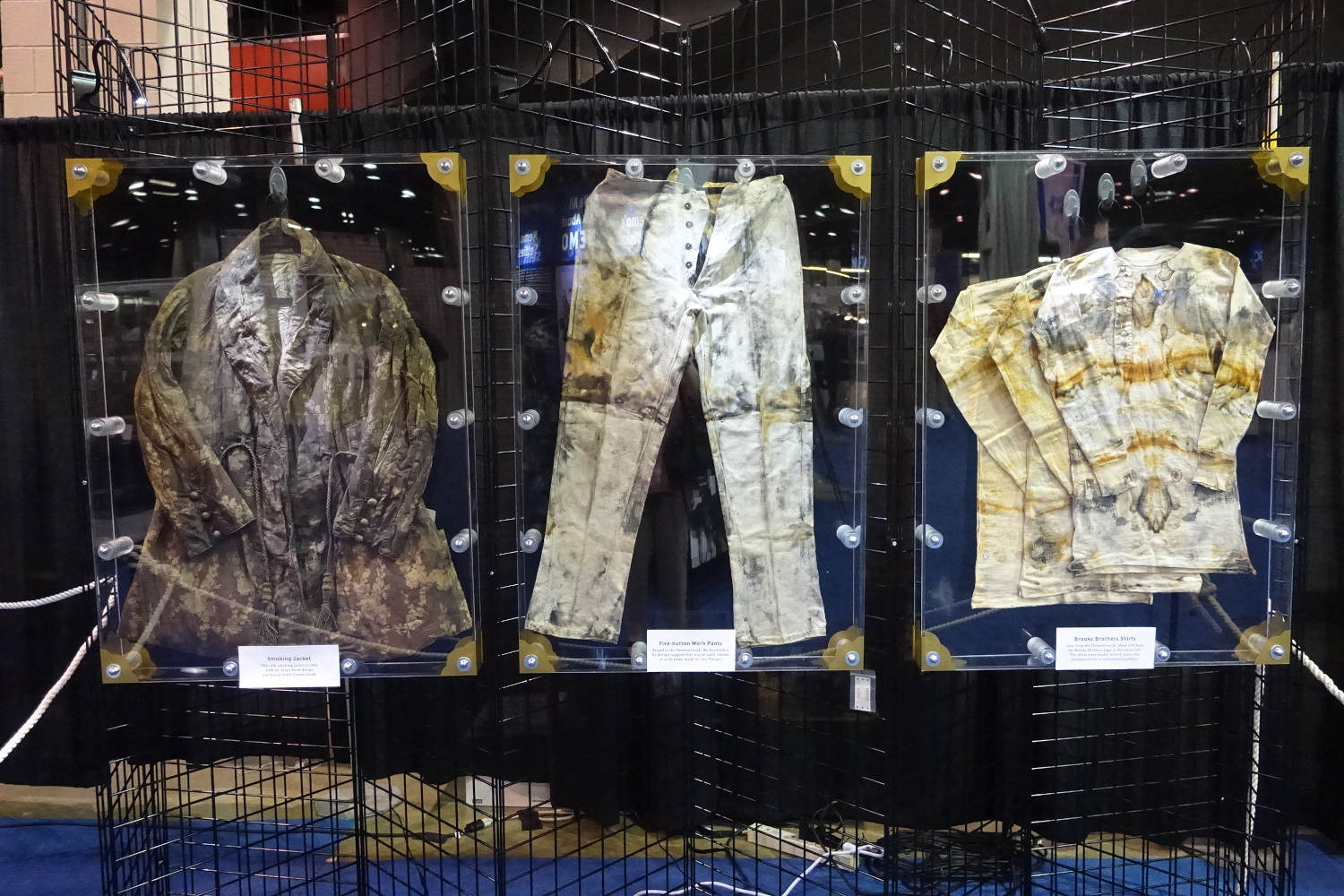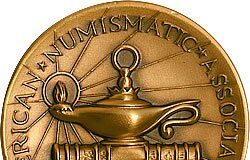There are a few must-see events in the international numismatic calendar. One of them takes place in the middle of August: the “ANA” – which is the unofficial abbreviation for the World’s Fair of Money organized by the American Numismatic Association. In 2022, it was once again held in Rosemont, that meticulously planned new town near Chicago International Airport, which is dreaded by coin dealers from all over the world. After all, those who want to stay in Rosemont don’t have much of a choice. There’s only a limited selection of very expensive hotels with the charm of the 1970s. The few existing restaurants are usually overcrowded, which is why you need to make a reservation if you plan to eat out in the evening. You won’t find a grocery store or a shop there, and if you choose to go to the small food court in the neighboring shopping mall, it will take about 45 minutes until you’re back.
That’s why a small parallel world has developed outside the actual World’s Fair of Money. Wholesale dealers and mint representatives have moved at their own initiative and in an unorganized manner to downtown Chicago in order to enjoy the attractive city and its rich selection of exquisite restaurants. There are only three mints left that have a booth at the ANA: the U.S. Mint, the Royal Canadian Mint and Pobjoy Mint. For specialist visitors, this comes with the disadvantage of enormous transportation costs because public transport isn’t really attractive and even an Uber drive from Rosemont to downtown is about $50.
Luckily, most visitors to the World’s Fair of Money won’t be bothered by this. The World’s Fair of Money provides ideal conditions for all those who just come to buy and /or sell coins.
The Infrastructure
Unlike it’s the case at most other fairs – especially during the first few hours – there’s hardly any crowding around the booths at the ANA. The convention is simply too large and, above all, too long for that. For dealers, it starts on Monday morning at 10 a.m. Regular visitors can attend the fair Tuesday to Saturday from 10 a.m. to 6 p.m., resp. 4 p.m. on the last day. Many simply cannot afford to leave their own premises for such a long time. That’s why one of the most common questions dealers ask each other is: “How long will you stay?” It’s common knowledge that many will leave early, leaving a reduced team behind the table, if the booth is still staffed at all.
The attractive side of the duration of the convention is the opportunity to have in-depth conversations. After all, everyone who stays for the entire ANA has time and is happy to fill it with interesting discussions.
However, business certainly wasn’t neglected this year either! Actually, everyone was more or less pleased. Many were even enthusiastic. Especially B2B business, i.e., the trade among coin dealers, flourished. That’s no surprise: online sales are booming, so the supply must come from somewhere, too. And the ANA was a great opportunity for acquiring new material. The offer was attractive. We mustn’t forget that the ANA was the first major coin fair with international visitors after the pandemic. Therefore, everyone brought fresh goods.
This means that buyers had the opportunity of strolling down numerous aisles of coin dealers. The sales area was so large that one could get lost – this happened twice to the author of this article. A separate area was reserved for dealers dealing in ancient and world coins, though the space was rather too small. Quite a few European dealers were unable to find a place there.
News from the U.S. Mint
It is a tradition for the U.S. Mint to assume a key role at the World’s Fair of Money. And the mint always sets up a large booth where visitors can do much more than acquiring the latest commemorative issues. Often, the Director of the U.S. Mint is also present at this booth. Usually for one or two hours. There has never been a Director as long at the fair as the new one, the first Afro-American to head the U.S. Mint. Ventris C. Gibson, a woman with a kind smile whom one would like to think of as one’s grandmother at first glance, is a force of nature as soon as she is asked for her opinion. For she has opinions, and very firm ones for that matter. However, this doesn’t mean that she wants to assert herself mercilessly. On the contrary. Ventris Gibson knows how to listen. She proved that during her first weeks in office. She looked at all the processes involved in coin production and talked at length with those who are responsible for the corresponding tasks. And we’re not talking about five-minute chats but about hours of conversation. What’s even more: she is confident enough to let others have their say. During the Q&A session for journalists, she passed questions to the relevant experts whenever necessary without any concern that this might cause her to lose the slightest bit of authority. And it did not, on the contrary.
It was a highly interesting panel, where one learned, for example, how important the domestic market is for the U.S. Mint. Only a tiny single-digit percentage of the issues is exported, with Germany being one of the most important customers. So, this business could certainly be expanded. Latin America also seems to become increasingly important as a sales market when it comes to commemorative issues and especially bullion coins.
It was also interesting to hear that there was a social component to Ventris Gibson’s answers. When asked about the production of the “too expensive” 1-cent piece, she pointed out that especially in times like these, there are many people on the street who rely on these coins to survive. Of course, the mint carried out regular checks to see if a coin type might be produced more cheaply, she said. However, they are not only concerned about the costs for the U.S. Mint but also follow-up costs. That’s very reasonable. Considering, for example, how many vending machines, parking meters and cash logistics centers would have to be re-equipped if the weight of the quarter were to change, puts into perspective how much might be saved by adjusting the weight.
A Paradise for the Next Generation of Collectors
If you’ve ever visited the website of the U.S. Mint, you’ll be excited about what it has to offer for children. There are games and special videos, funny experiments with coins and, of course, information about money and collecting coins presented in a way that is suitable for kids. At the fair, every child got a coloring book and wax crayons. And that wasn’t the only activity that was offered.
Right at the entrance, visitors were welcomed by “Abraham Lincoln” and “Benjamin Franklin”. They could take pictures with the historical celebrities in front of a fitting background. Both children and adults gladly made use of this opportunity.
Near the U.S. Mint there was a large booth with coin activities for children. The most popular activity was a quiz. Many coin dealers, who indicated their willingness to do so with a special sign at their booth, helped answer the questions.
Exhibitions, Lectures, Awards and Sessions – The Supporting Program
Unlike the World Money Fair in Berlin, the World’s Fair of Money isn’t a purely commercial event. It developed out of an annual meeting of all members of the American Numismatic Association. This means that the coin fair is only one part, albeit it is the most important one by now, of a much larger event.
The program of lectures that interested collectors can attend, for example, comprises three pages. Topics range from the medieval penny to an analysis of the latest trends in the coin market.
And the subjects to which ANA members dedicate small numismatic exhibitions, for which awards are presented each year, are just as varied.
By the way, the ANA itself exhibited some of its great treasures. Those who wanted to see American rarities came to the right place. There was a collection of medals relating to George Washington on display, but also a 1943 copper Lincoln cent from the time when blanks were made of galvanized steel as metal was scarce.
Deeply impressive were the finds from the wreck of the SS Central America, which sank in 1857. Gold prospectors were traveling back home on it. That’s why the finds reflect the world of these gold prospectors. To see an old pair of jeans that Levi Strauss might have made at some point is quite moving. Or gold pans and gold bags. Not to forget, a copy of The Count of Monte Cristo that a gold prospector might have used to console himself at night over his lack of success.
So, what can be said in summary about the ANA? Perhaps this: There are some things that could be improved (for example, new table lamps wouldn’t be a waste). But these improvements are of existential importance precisely because the American coin trade needs the World’s Fair of Money and cannot do without it. The fair isn’t just crucial for the ANA’s reputation, but also for the connection of the European and the American coin trade. And this obviously also holds true – even if they didn’t were on site – for mints and wholesalers.
The fair will certainly remain an important date in the numismatic calendar. And for all those who are really fed up with Rosemont by now: In 2023, the ANA will be held in Pittsburgh – downtown! Use this opportunity because in 2024 the World’s Fair of Money will return to the truly dreadful city of Rosemont.
In response to our article, ANA members wrote us explaining why it makes sense for the ANA to hold its fair in Rosemont and not in a city like Chicago. This is due to specific circumstances that prevail in the US and that are hardly known abroad. We will soon publish an interview with the ANA on this subject.
You can find the dates of the World’s Fair of Money on the ANA’s website. By the way, in addition to the international events there are also national meetings, which are held in constantly changing locations.






